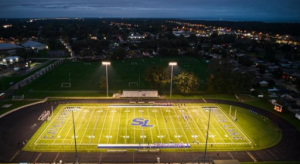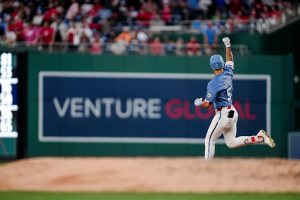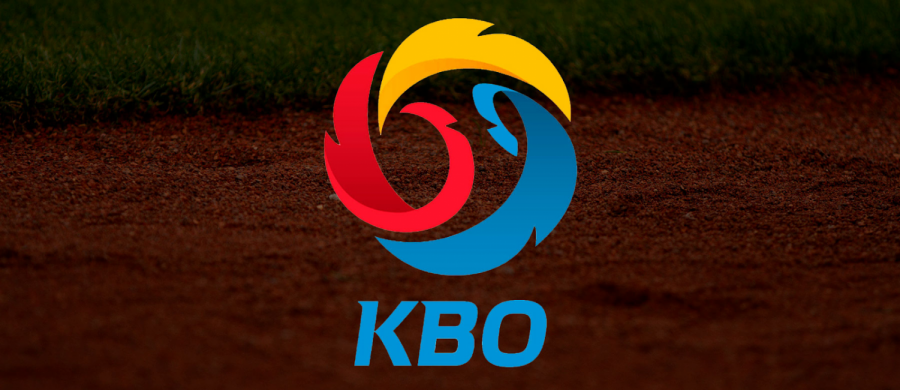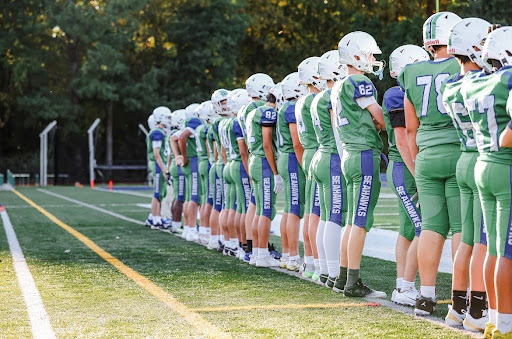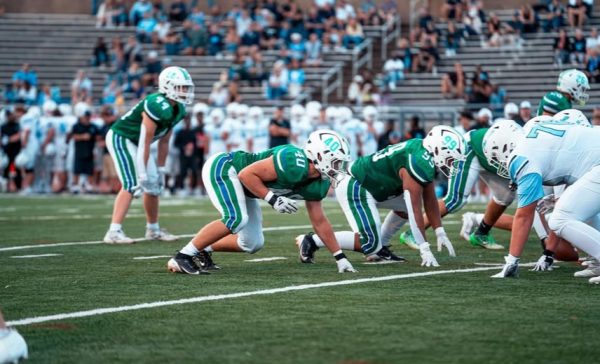The KBO and How It Is Different from American Sports
While North American sports have yet to resume and plans for the MLB, NBA, NHL, and NFL seasons are being rolled out, there are professional sports being played in Korea. South Korea is home to the KBO, Korean Baseball Organization. One thing that the MLB has done well is expanding the game of baseball to Asian-Pacific nations such as Japan and South Korea. Founded in 1982, with an original 6 teams, they have since expanded to 10 teams, with the Kia Tigers leading the pack with 11 titles, and the Doosan Bears as the defending champions.

Before discussing the KBO, its players, and all of the cool things that are included, it is vital to discuss Korean baseball culture. Korea doesn’t have quite the same baseball culture as Japan does, but they are still known for producing productive professionals. Players such as Ji-Man Choi of the Tampa Bay Rays, Shin-Soo Choo for the Texas Rangers, and Hyun-Jin Ryu of the Toronto Blue Jays, are all products of South Korea. Korean fans are baseball fanatics, and, in normal circumstances, fill stadiums to the brim and give every game what Americans call “a postseason atmosphere” with their unbridled passion. That’s a good segway to the stadiums themselves and the architecture that is used. Let’s look at the “Mecca of Korean Baseball”, Busan Sajik Baseball Stadium, home to the Lotte Giants. This 26,800 seat stadium built in 1986 is similar to the mystique surrounding Fenway Park or Wrigley Field, with it being the most attended stadium and most notable in Korea. There is also the Gocheok Sky Dome in Seoul. It has a translucent, non retractable roof that is also sound-proof, which keeps noise inside the park inside the stadium so as to not disturb the other tenants in the surrounding area. These stadiums, all quirky and unique in their own way, are a very different change of pace from some of the “cookie cutter” stadiums that are in the USA and Canada.
As for the tradition, Korea is home to some of the most passionate fans in the world. The term die-hard fan is the perfect way to characterize the KBO fans. They use chants, similar to soccer fans, and thundersticks, inflatable noise makers, to create a one-of-a-kind atmosphere.
The rules for the season also differ from what American fans might be expecting, specifically regarding the format of the KBO. There are 10 teams, and 144 games played, and no divisions. This means each team plays each other 16 times, whereas in the MLB each team plays the team in their division 19 times a year, 7 games against the other teams in their league, and the remaining games being played against teams in the opposite league. In the KBO, the playoffs are kind of complicated, but Alex Fast from Pitcher List does a great job of explaining the playoffs, “At the end of the regular season, the top five teams qualify for the playoffs. The better the team, the better their bye – meaning the first-place team from the regular season gets an automatic spot in the Korean Series (the KBO championship series). Talk about adding incentive for every single one of those 144 games in the regular season, huh? The playoffs begin with the fourth- and fifth-place teams playing a best-of-three, with the fourth-place team starting with a built-in 1-0 advantage. The winner takes on the third-place team in a best-of-five, and the winner of that series faces the second place team in another best-of-five. The winning team takes on the first-place team in the Korean Series, played as a best-of-seven. In 2019, the Doosan Bears won the regular season (via a tiebreak with the SK Wyverns) and played only four postseason games on their way to the league title, sweeping the Kiwoom Heroes in four games.” Other rule changes include a mandatory designated hitter, a regulated amount of foreign players a team can sign (3) and how many can play in a given game (2), and a 12 inning limit for regular season games.
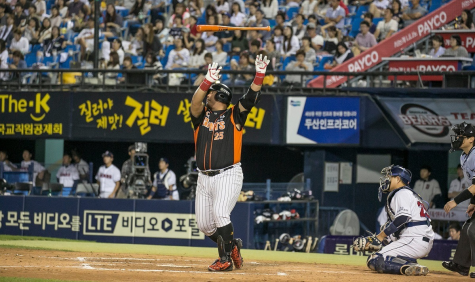
The way the game is played is also very different than it is in the MLB. In the MLB, if a player flips his bat after a home run, some older players may get agitated with the player. While bat flips are beginning to become more embraced in the MLB and players are being encouraged to show more emotion and simply have fun, the KBO does not have the same problem. Bat flips are encouraged, crazy, slow pitches are allowed, and any other wackiness is fair game. Recently, the MLB has been implementing rules to increase offense in the league, conversely the KBO has increased the size of their strike zone to try to get more of a balance in the game.
Something that a lot of American baseball fans will notice right off the bat is the familiar names in the league. From draft picks that didn’t quite work out, to guys who wanted a chance to play full time, the KBO is full of former MLB players who have defected to revive their careers. The Washington Nationals recently signed Eric Thames, formerly of the Milwaukee Brewers, but also the NC Dinos. He was given the nickname “Korean baseball’s Babe Ruth”. He didn’t find a role in the MLB his first time around so he went to Korea to reinvigorate his career. He hit 124 home runs in 3 years in Korea and helped American media see that the KBO can produce incredible MLB-caliber talent.
While the KBO is being broadcasted on American networks, a majority of fans will not watch it. That is not because it is not interesting, but due to abiotic factors. The KBO is on TV live, which means around 1:00 AM- 4:30 AM in the US. The country may be starved for live sports, but it seems unlikely that many people will watch these games live, and will rather watch the highlights after the game is over. Nonetheless, the KBO is a great source of entertainment for a baseball purist, and something that is different from the MLB. the narrative that Koreans don’t like baseball has been put to rest, with the world being shown just how far baseball has reached across the globe, becoming not just America’s game, but the world’s game.
For more information on the teams, and history of the KBO, Alex Fast’s detailed, incredible article will be linked here.

Marc is a senior at South Lakes and is the Editor in Chief of The Sentinel. This is his 4th year on staff, and third as an editor. Outside of writing for...


